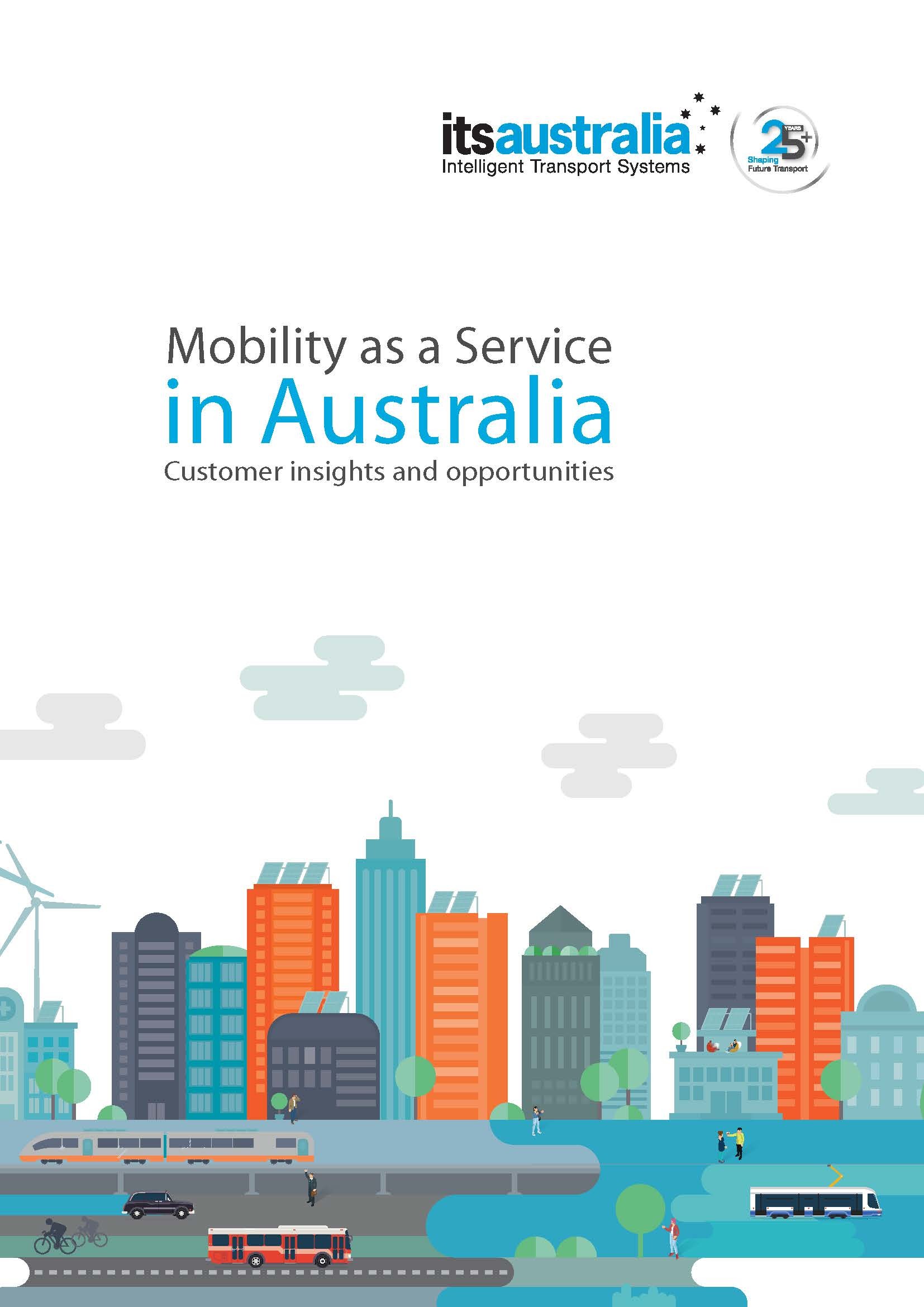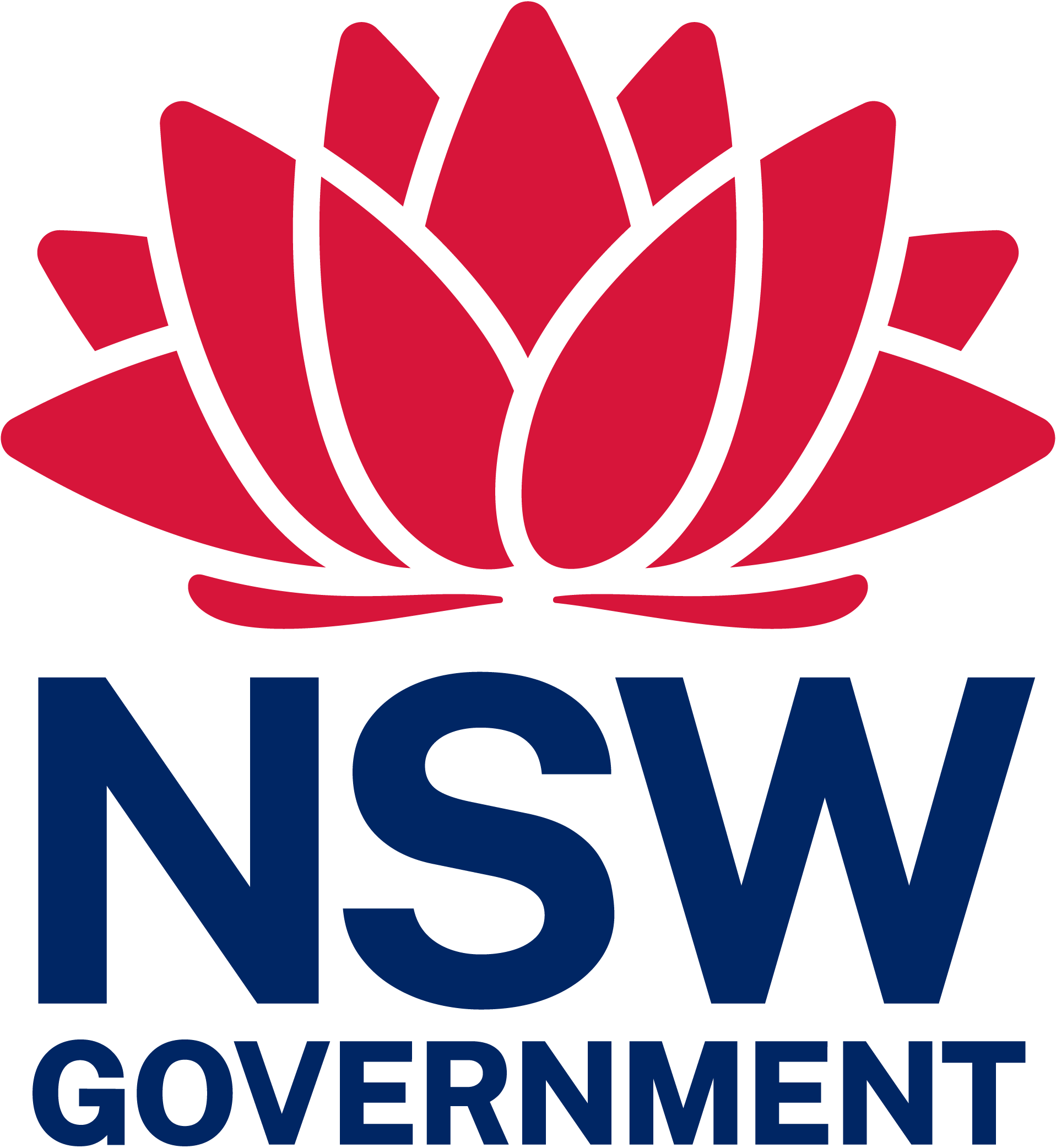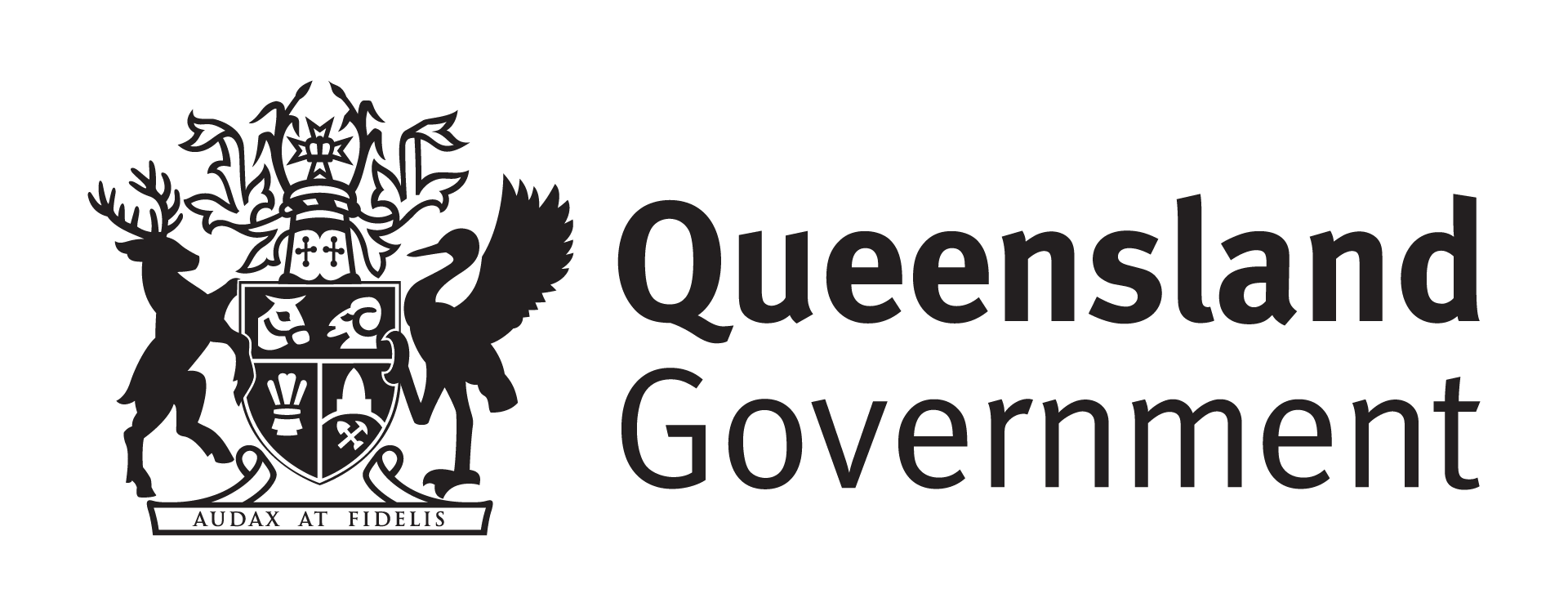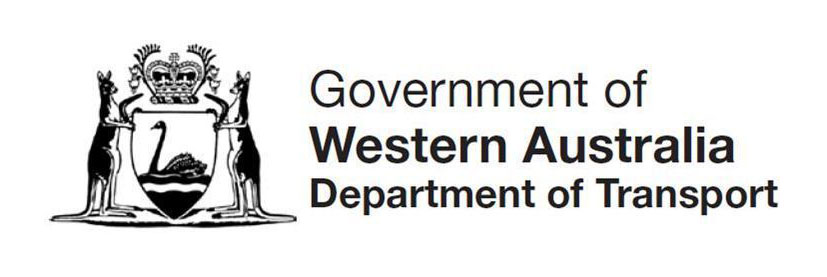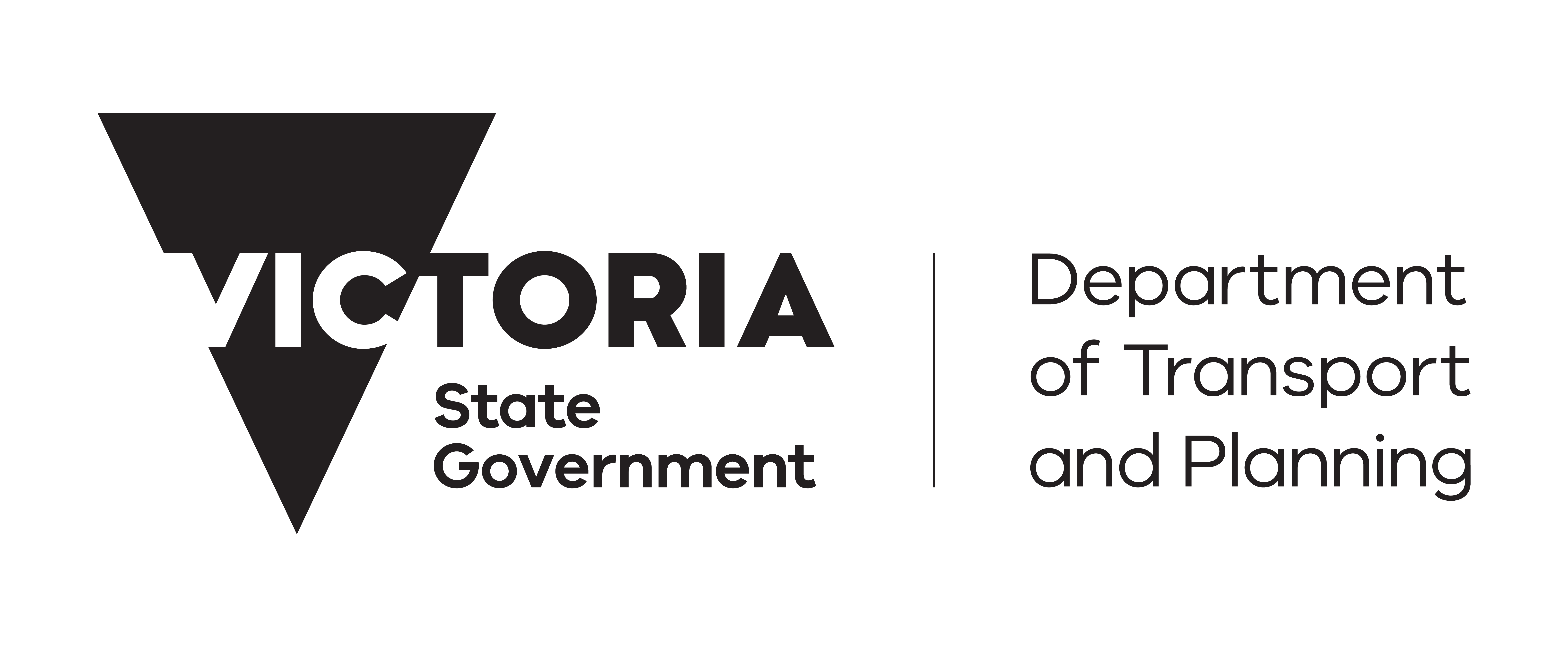Mobility as a Service in Australia
Transport innovation like ‘Mobility as a Service’ or MaaS offers the potential to drastically improve customer choices, reduce travel costs, increase network capacity and transport sustainability while improving social and environmental outcomes.
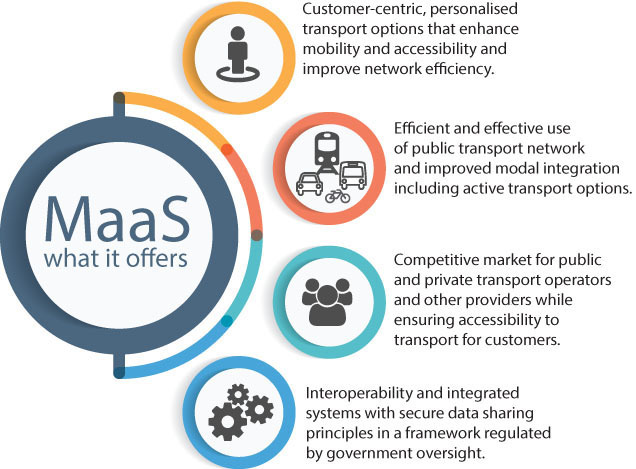
MaaS systems offer customers personalised access to multiple transport modes and services, owned and operated by different mobility service providers, through an integrated digital platform for planning, booking and payment.
MaaS as defined by the project participants for the purposes of this report. /
There’s much discussion these days about once-in-a-generation change; digital disruption, major demographic and societal shifts, and mega-projects offering improvements unimagined by our grandparents or sometimes even parents. What has not been seen before though is the kind of unprecedented potential for change in transport we are currently experiencing.
During interviews with more than 80 leaders in the transport and technology sectors, across government, industry and academia, a strong theme emerged; that not since the mass-production of private vehicles c1920 has there been such potential for revolutionary change in the transport sector. Transport innovation like ‘Mobility as a Service’ (MaaS) offers the potential to drastically improve customer choices, reduce travel costs, increase network capacity and transport sustainability while improving social and environmental outcomes.
While the mass-production of private vehicles obviously had a stunning impact on society and the built environment, the advent of connected and automated vehicles and other revolutionary technologies offer the potential for even greater levels of disruption. Concepts like MaaS and evolving our transport networks are ways we can adapt to and positively leverage societal and technological disruption.
This research project was led by ITS Australia and made possible with funding support from project partners through the iMOVE CRC. Project partners were supported by a steering committee of industry and government experts from the following organisations collaborating on the project and providing invaluable advice and input: Cubic, HMI Technologies, Ohmio, Transdev, MaaS Australia, Department of Infrastructure, Regional Development and Cities, PTV, RACV, and Keolis Downer.
Through in-depth interviews with these and other experts, and of course the expertise of our project participants, the perspectives gathered enabled the development of a robust discrete choice customer survey to test the thoughts and expectations of a demographically representative sample of Australians. Our project goals and methodology:
• Review the current status of MaaS overseas and in Australia
• Explore Australian customer preferences in relation to on-demand transport and MaaS
• To support the development of suitable on-demand transport and MaaS systems for the Australian community
The intent is this report can offer an evidence base to help prepare for the major changes anticipated in a way that cleverly builds on existing assets and delivers user-centric services that match the increasing expectations of customers. In surveying 4000 demographically representative Australians across urban, regional and rural areas our survey sample closely matched the Australian Bureau of Statistics Census data.
